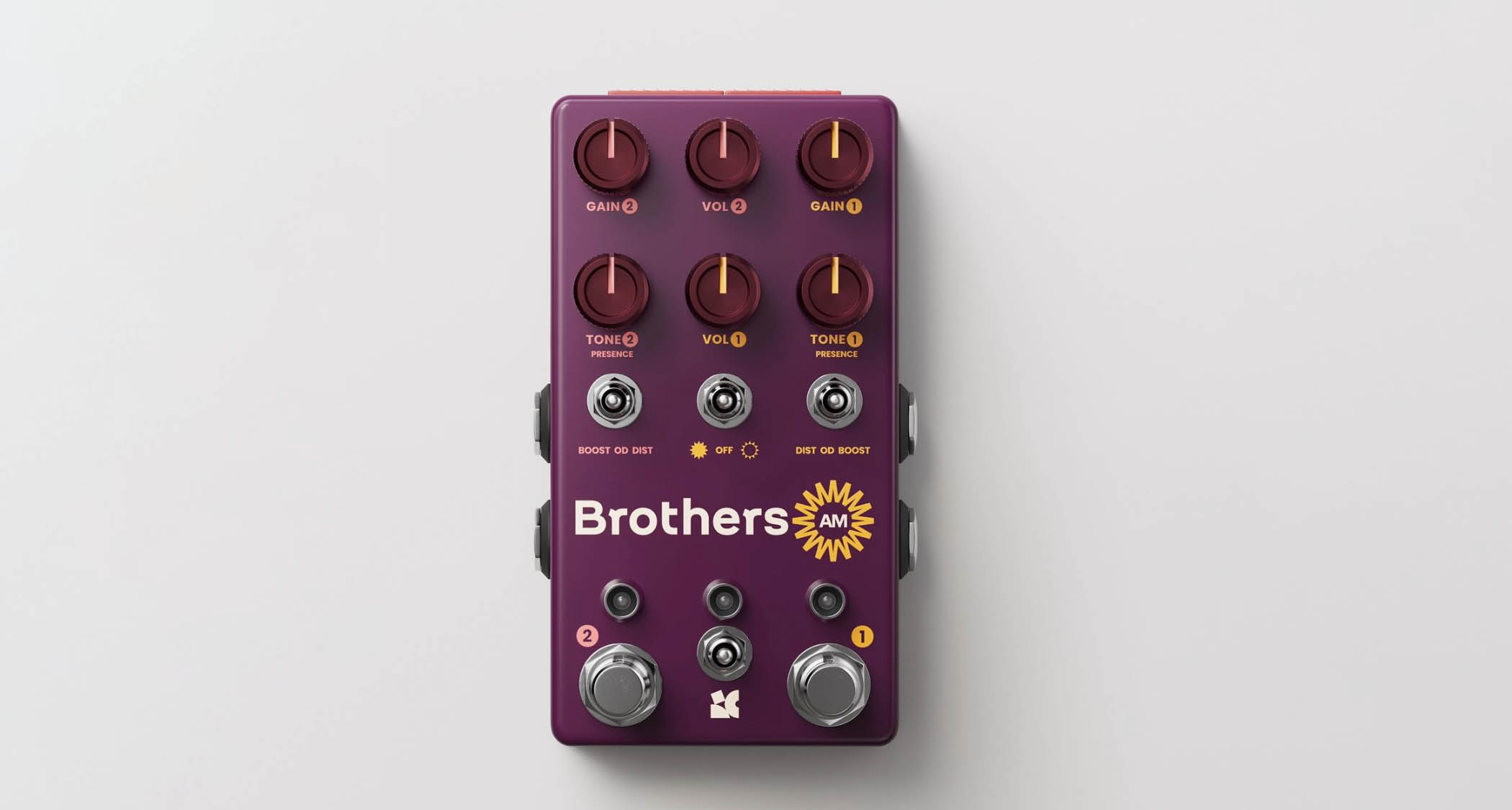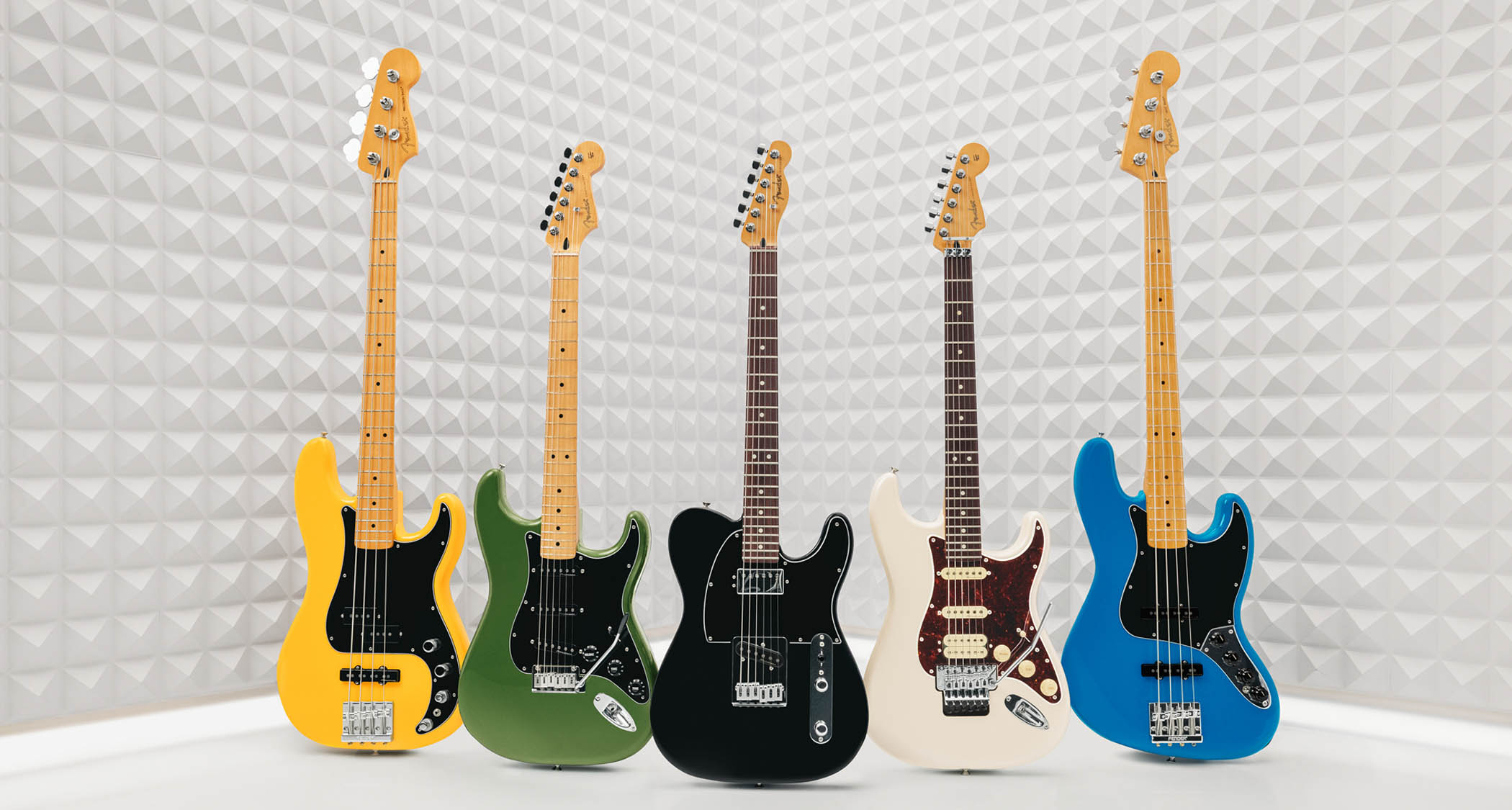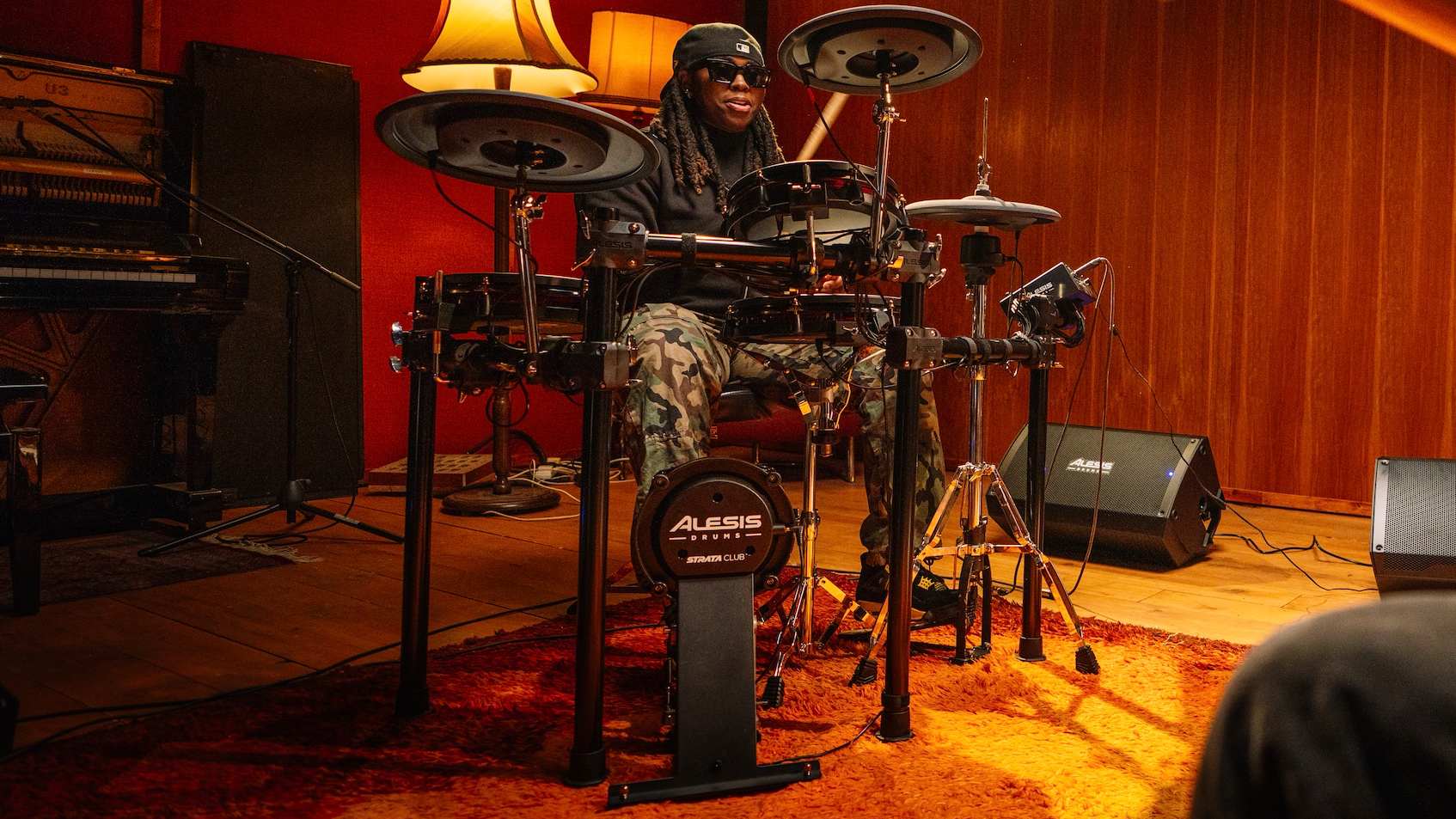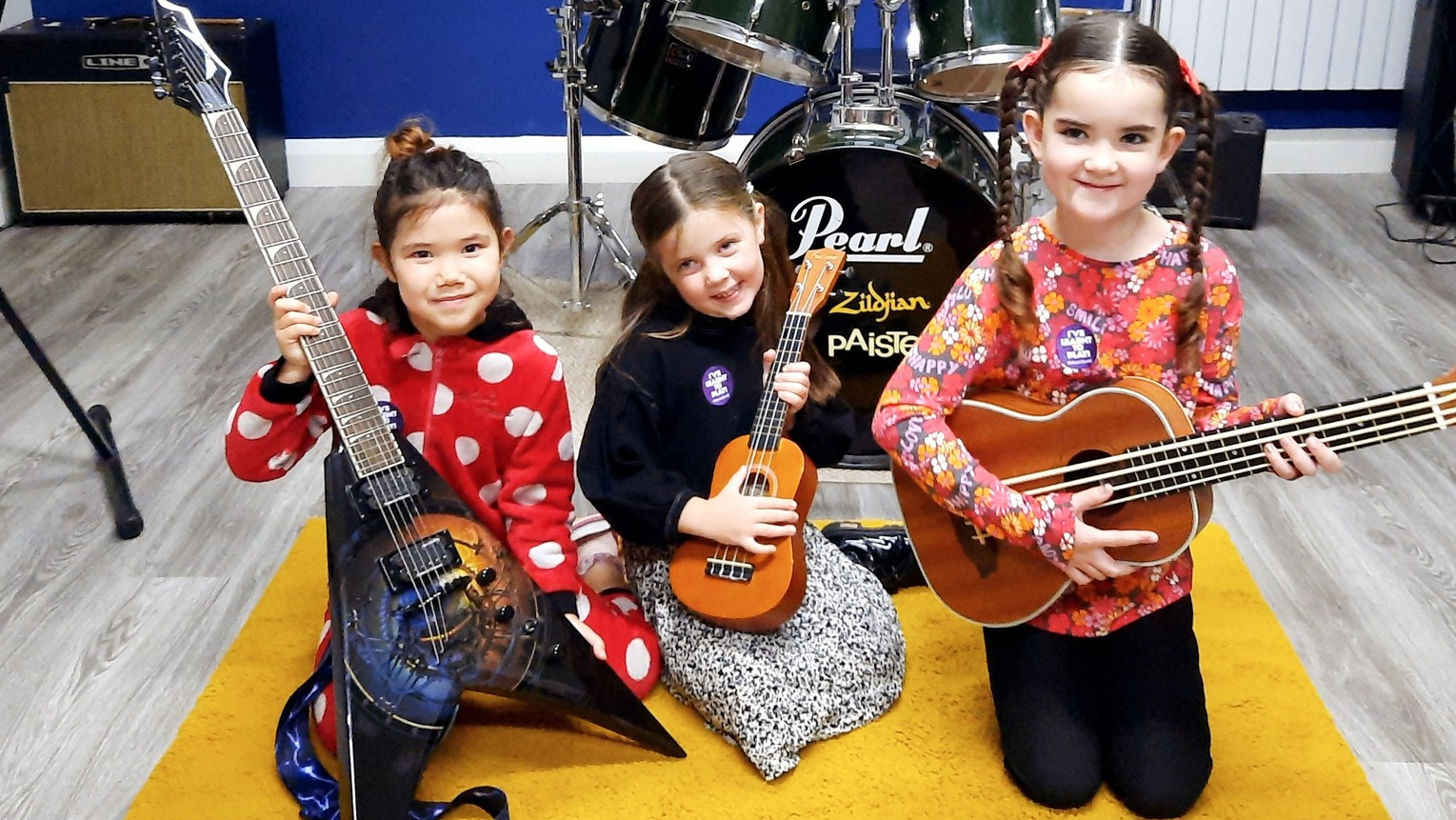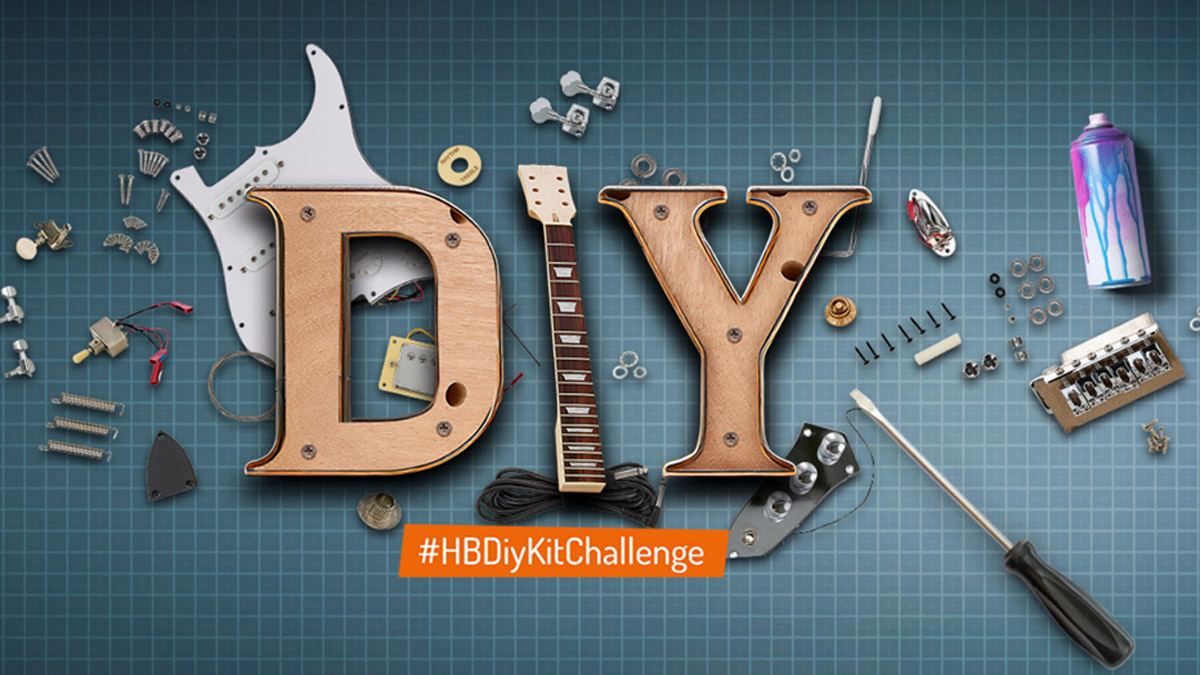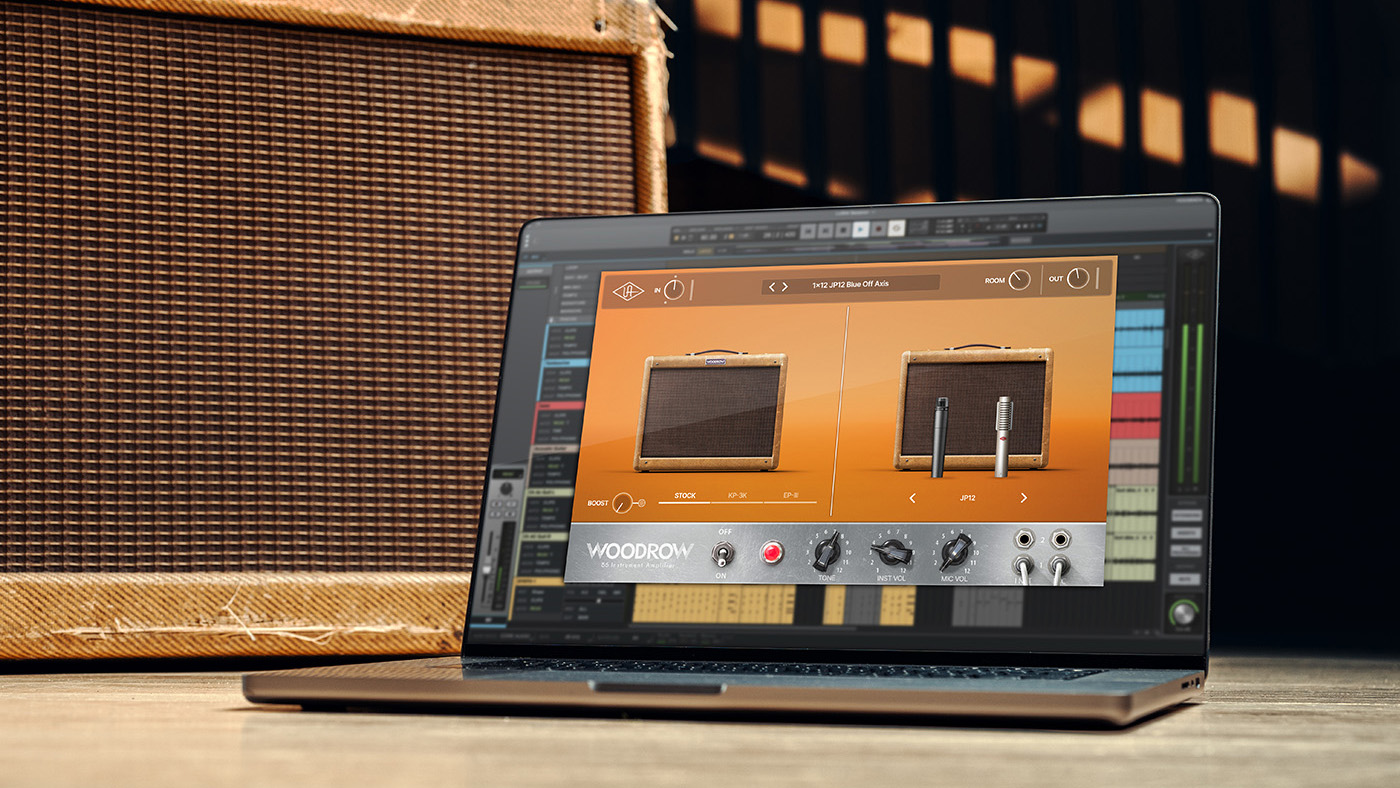7 reasons every creative needs an audio interface
From recording band demos, to streaming and session work, if you want to capture quality audio, an interface is absolutely essential
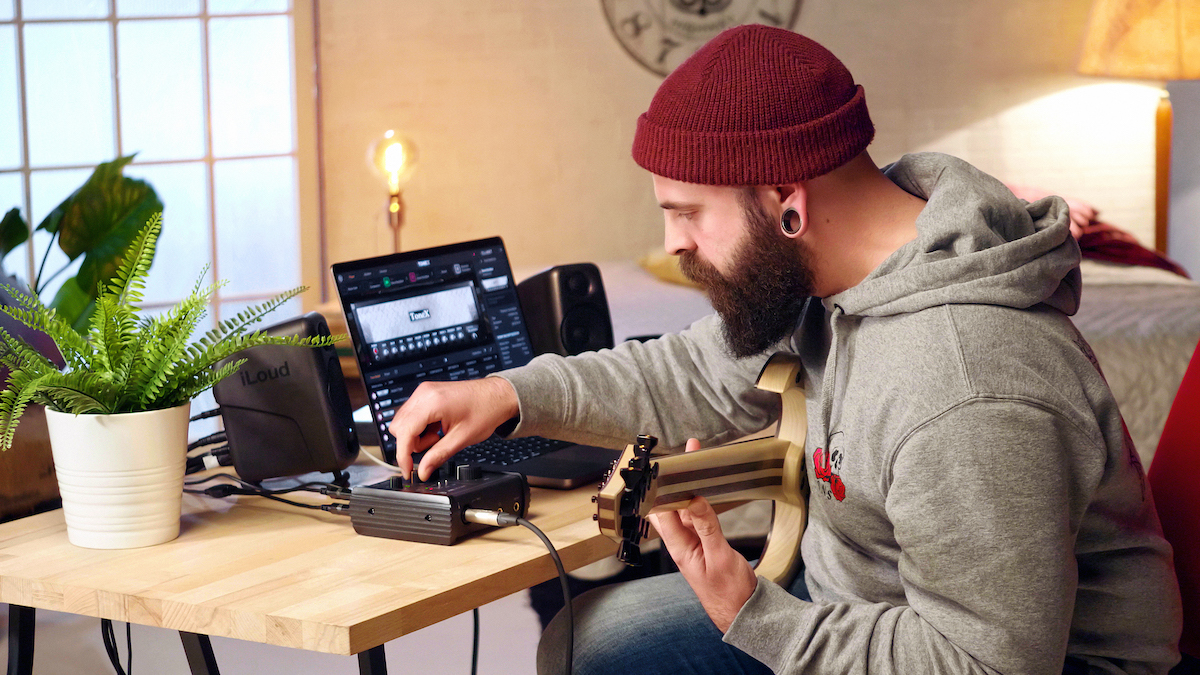
When The Beatles first got together to record ‘Please Please Me’, they barely had two tracks of tape audio to rub together and make a third. Thankfully, things improved for the Fab Four by ‘Let It Be’, with the pioneering exuberance of four-track tape.
It goes without saying that today’s audio technology bears little relation to those early experimental days of multitrack studio recording. Capturing quality audio is possible on a near-endless variety of machines and media; even the average smartphone boasts vastly broader possibilities than the most advanced studio environment of the 1960s, and our personal computers have the potential to be studio powerhouses of their own.
Recording or transmitting audio to and from your computer is a new normal, and one which can be vastly improved with the provision of external equipment - chief amongst which, arguably, is the audio interface. So why should you have one?
What’s an audio interface?
First off, let’s clarify the purpose of an audio interface. In a nutshell, it’s an external AD/DA converter for your computer; A and D standing for analogue and digital respectively. Audio interfaces allow you to ‘interface’ high-quality microphones and equipment with your computer, by way of XLR and/or jack inputs - and to ‘interface’ outgoing computer audio with headphones, speakers or other external equipment.
Vitally, an audio interface’s inputs are independent of one another; where The Beatles had to squeeze every instrument onto two tracks, you can manage and process each channel independently in your computer. These inputs are generally furnished with phantom power for condenser microphones, and tweakable low-noise preamps for setting levels without impacting sound quality.
So, that’s the audio interface in a nutshell - but what exactly might you need one for?
1. You’re writing music
Whether you play an instrument and you’re just beginning to come up with compositions of your own, or you’re part of an active gigging band and writing as a group, having an audio interface can make your creative practice easier and more practical. Your phone’s voice recorder app is fine and dandy for bookmarking ideas so you don’t forget them, but with an interface and a DAW (Digital Audio Workstation), you can up the game considerably.
Get the MusicRadar Newsletter
Want all the hottest music and gear news, reviews, deals, features and more, direct to your inbox? Sign up here.
With an interface, you can produce high-quality demo tracks - particularly as a band, where multitracking instruments gives you much more control over the sound of your recordings. These demos could be reference tracks for a professional studio, or shown to gig promoters and record labels to further your career.
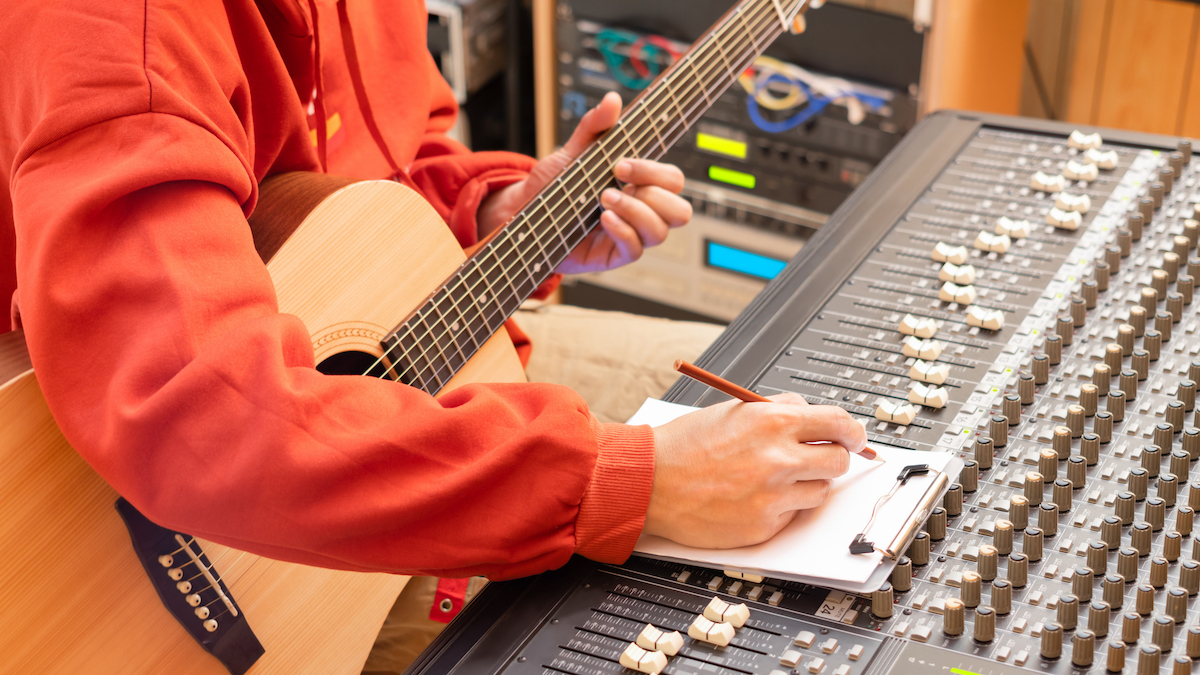
2. You want to become a recording engineer
Speaking of production, audio interfaces are a hugely important part of most modern studio environments - and a must-have if you have your own intentions of learning the audio-engineering ropes.
XLR inputs and phantom-power capabilities allow you to interface practically any studio-quality microphone with your computer - the first step in getting quality captures of whatever it is you record. The next steps, though, from mic placement to post-processing and even client management, are all you.
3. You’re a session musician
If you work as a session musician, being able to capably record your own instrument from home can make you much more versatile in your craft. You can work remotely with artists, studios and engineers in other cities or countries, expand your clientele via remote gigs on freelancer platforms, and otherwise work to your own schedule in producing parts for existing clients.
While not every session musician can put quite as involved a home studio together as Ash Soan, you should still consider further investments in room treatment and outboard gear. By investing in the quality of your output, you can make yourself a real asset to clients - reducing travel costs and logistical headaches all the while.
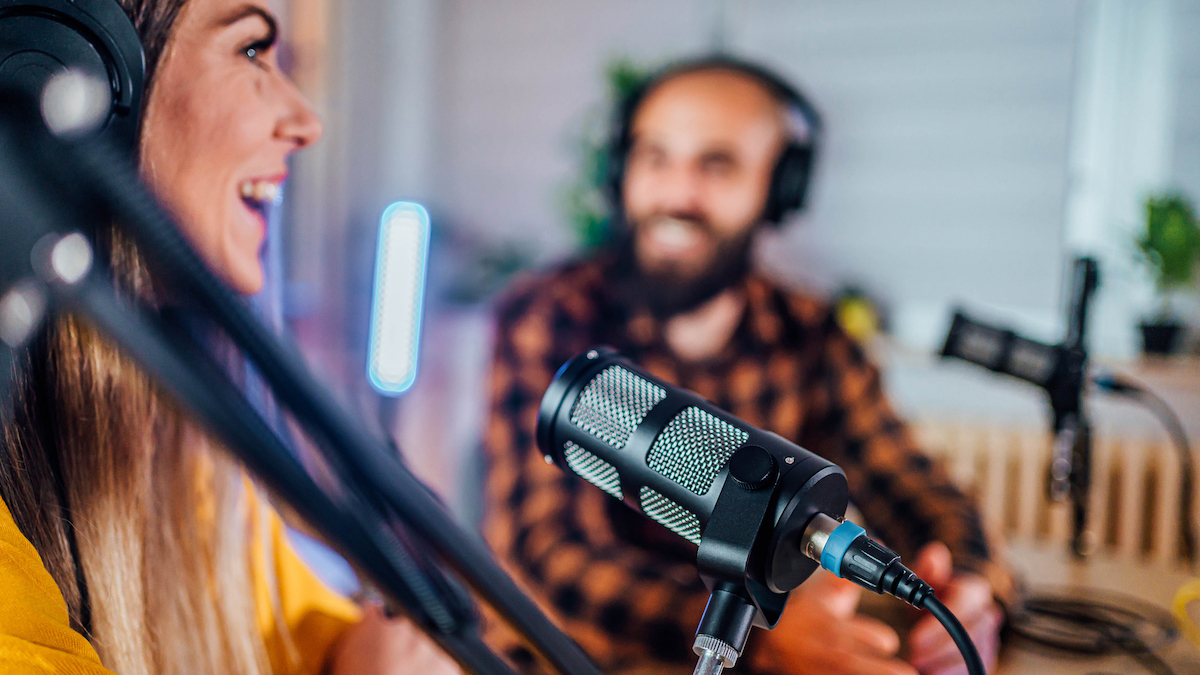
4. You’re taking on voiceover work
Much like session musicians, voiceover artists (VAs) will work on a gig-by-gig basis, often through working relationships with a management company or studio - and also like session musicians, would usually spend most of their time in professional studio environments. As a budding voiceover artist, being able to provide usable audio remotely makes you a much easier person to work with, particularly for smaller and independent clients.
A good home studio set-up for vocals is easier to build than ever, and to start you’ll need little more than a small audio interface, a large-diaphragm condenser microphone and a mic stand. A pop shield for plosives, and an acoustic booth to reduce room reflections, are also important purchases for the quality of your work!
5. You’re starting out on a streaming platform
If you’re thinking about cultivating an audience on a streaming platform like Twitch or Kik - whether with gaming content or ‘just chatting’ - your first thoughts are probably about your camera set-up and the dressing of your room. Audio is a crucial component to your stream too, though, and an interface can make managing your stream’s audio easier.
Many novice streamers will be perfectly happy to rely on a basic budget USB microphone, which has its own AD converter built-in. These products can be surprisingly good for their price, but cheaper ones sit at the lower end of the sound quality spectrum - and can introduce some gnarly tech gremlins that threaten the quality of your stream.
A dedicated audio interface is less of a closed book than a USB microphone, and unlocks the potential of higher-quality microphones for much better audio.
6. You want to start podcasting
It may seem like the only prerequisite for starting a podcast is getting two or more people in a room together. Sure, you can plonk a USB microphone in the middle of the room and talk away, but getting clean edits and clean capture of each person in the room will be nigh impossible; your podcast won’t be nearly as slick as it could be.
Audio interfaces enable you to capture every host or guest’s voice separately, making editing and mastering the results far easier. With an individual channel and podcast microphone for every guest, you can monitor and adjust the gain individually on the way in, ensuring that everyone is the right volume from the outset.
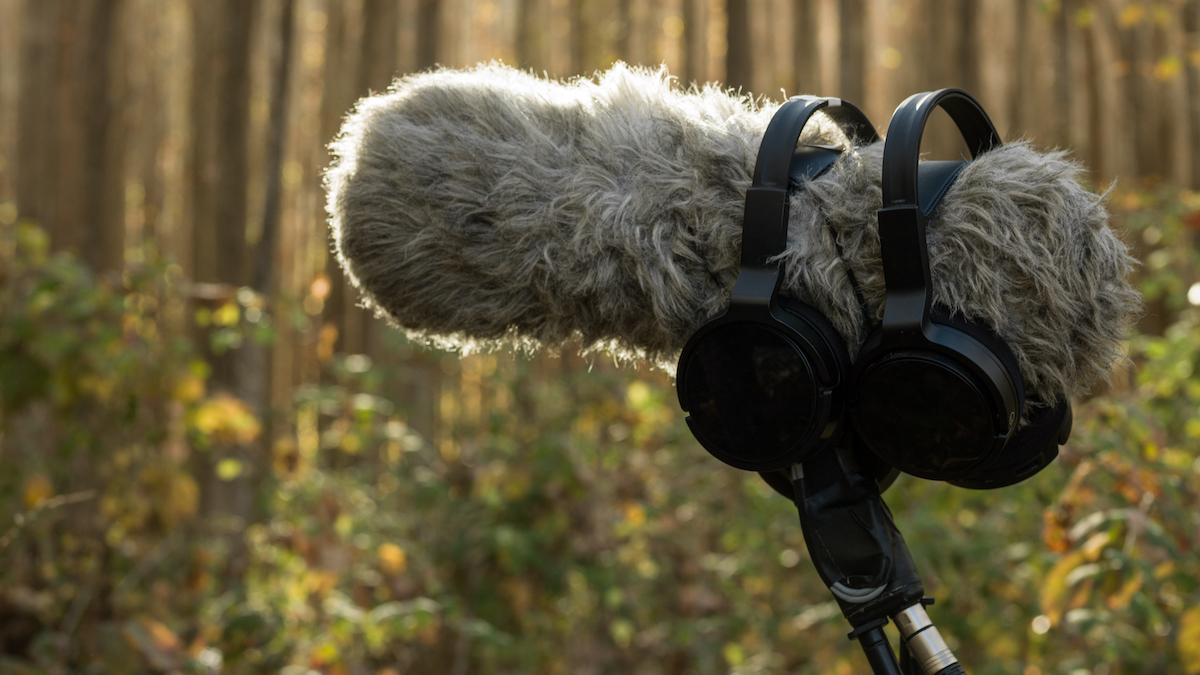
7. You’re field-recording
You might be hoping to record out and about, whether grabbing field recordings from the great outdoors or sampling urban soundscapes for your next project. There are self-contained solutions for these endeavours - most prominently the purpose-built (and aptly-named) field recorders. However, a laptop, small budget audio interface and a couple of microphones can achieve similar results without requiring you to make a potentially expensive investment in a separate piece of recording kit.



James Grimshaw is a freelance writer and music obsessive with over a decade of experience in music and audio writing. They’ve lent their audio-tech opinions (amongst others) to the likes of Guitar World, MusicRadar and the London Evening Standard – before which, they covered everything music and Leeds through their section-editorship of national e-magazine The State Of The Arts. When they aren’t blasting esoteric noise-rock around the house, they’re playing out with esoteric noise-rock bands in DIY venues across the country; James will evangelise to you about Tera Melos until the sun comes up.
